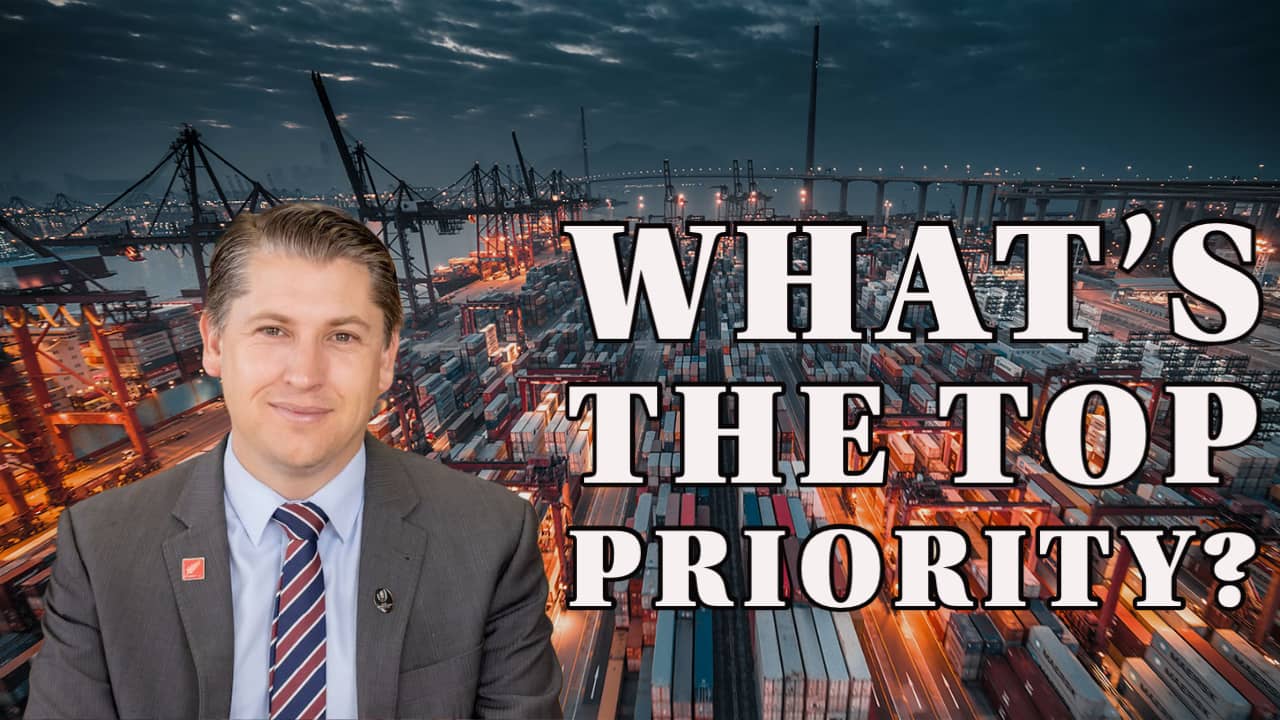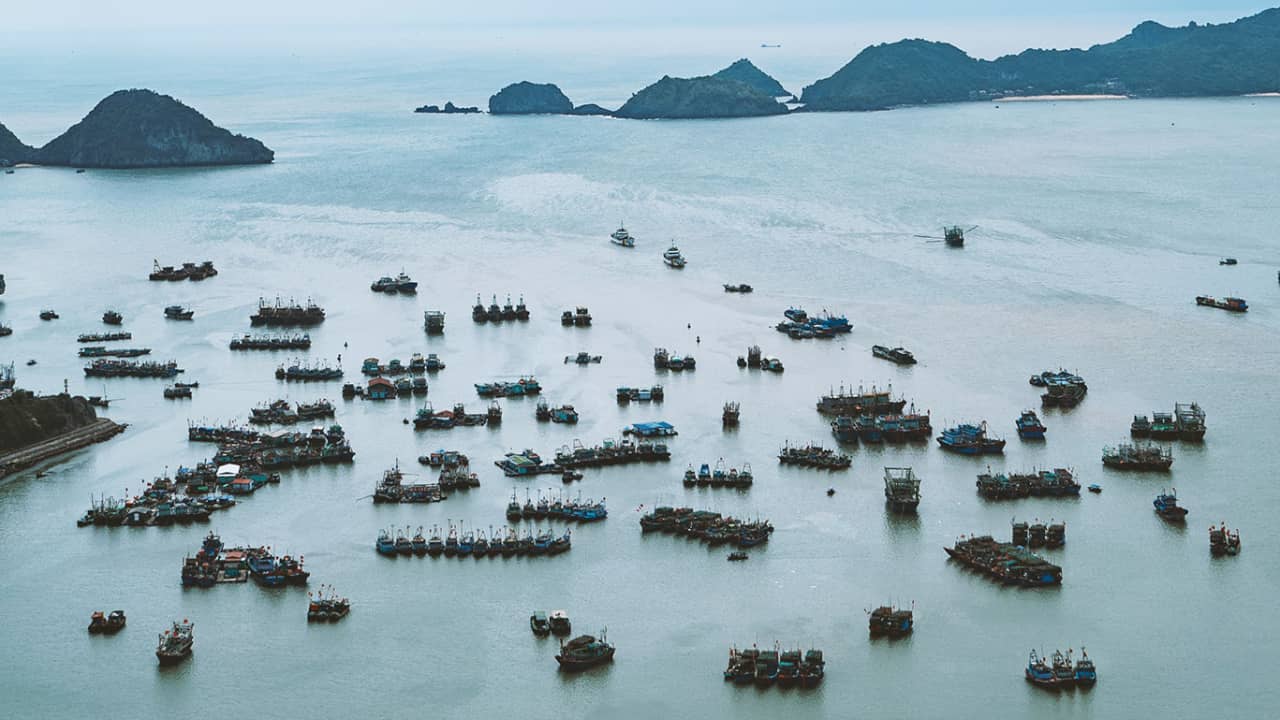
5 Projects for NZ Transport Minister that Will Impact You
5-minute read
Newly-appointed Transport Minister Michael Wood has got some big challenges to tackle during the next 3 years in power.
For the moment, he is still getting his feet under the table and being briefed on what he – and Infrastructure Minister Grant Robertson – face ahead of them.
For the moment, let’s amass a project list of our own, to help alert the Minister as to what this industry needs. I’ll start with my own suggestions and I’d invite readers to provide feedback on any issues they feel I’ve missed.
1) North Island Supply Chain Strategy
First and foremost, some clarity needs to be reached on the Upper North Island Supply Chain Strategy preferred outcome.
The current congestion issues at Ports of Auckland demonstrate how fragile our supply chain issues are and also underline that Port of Tauranga (combined with its MetroPort inland hub and KiwiRail shuttles) cannot at the drop of a hat fill the gap when Auckland is throttled.
Tauranga could in future accommodate more of the Auckland task, perhaps in tandem with Northport, but that requires more landside investment to make it happen and is a long-term option.
The trouble is, we don’t know if that is going to be the preferred option, or whether a new port will be developed for Auckland, or if Northport alone is going to be developed further, or if Manukau is going to be explored.
No progress is being made and therefore no landside infrastructure can be planned to provide an alternative if Auckland has congestion issues.
We have gone through years of conflicting reports and different recommendations, and at some stage a Government – hopefully this one – can take a hold of the issue and actually decide on a pathway forward.
Whether that is done in tandem with the new Infrastructure Commission or by reviewing and auditing the raft of recent reports, it is essential that genuine progress is made in the Upper North Island.
2) Dry Dock Investment
The economic and logistics argument seems compelling. New Zealand has a number of dry docks but they are too small to take most of the ships operating on the New Zealand coast.
A new one is needed to meet the needs of the current coastal fleet, with a 250-metre dock recommended.
If we don’t get one, New Zealand vessels will continue to pay over the odds to steam to Singapore or possibly Sydney, to access a dry dock for their mandatory and other out-of-water inspections, maintenance, cleaning and repairs.
The Coalition Government was close to confirming Northport as a dry dock location. With jobs now being lost at the Marsden Point Oil Refinery, perhaps the need for an urgent decision is more pressing.
3) NZ-Flagged Coastal Shipping Industry

Third is a genuine decision on how to encourage the New Zealand-flagged coastal shipping industry.
Domestic shipping has proved its resilience when emergencies struck with the earthquakes in Canterbury and Kaikoura, yet still there is nothing concrete in terms of industry encouragement.
The Government’s Policy Statement on Transport (GPS 2021) outlined the expectation for investment in coastal shipping
“. . . is to embed mode neutrality and choice for freight transporters, to allow New Zealand flagged coastal shipping to operate on a level playing field with other freight operators, and to enhance the sustainability and competitiveness of the domestic sector.”
However, only a maximum $15 million per year is allocated for coastal shipping investment for the three years 2021/22 through to 2023/24.
That’s a start, but there needs to be pricing levers introduced if domestic players are to compete with international ships that trade on our coast and transit between our ports.
International ships are exempt from the Emissions Trading Scheme (ETS).
For Kiwi companies, the cost of ETS credits is approximately $75 per tonne of fuel used which means that the cost per ship can be over a million dollars per year.
Other inequalities exist in GST and income tax, plus the range of levies imposed on shipping such as the Maritime Levy, to fund the regulator Maritime NZ, and the Oil Pollution Levy to fund recovery operations after oil spills.
Could the Government seriously look at these differences?
4) How to Reduce Carbon Footprint
Michael Wood has already said that a big aspect of his role will include the agenda around decarbonisation, with the first carbon budget from the Climate Change Commission coming in 2021.
The environmental case for shipping is strong.
The Government has already commissioned an externalities study into the hypothetical effects of all maritime coastal cargoes being moved by road.
The purpose of the study is to generate a calculation of the benefit of having coastal shipping, covering financial, environmental and social.
Let that be the starting point for a serious discussion about emissions.

5) Scrutinise the Financial Performance of Ports
Fifth, and perhaps a controversial area for involvement, would be scrutinising the financial performance of ports.
Ports were mandated at the time of port reform to act as commercial entities, yet are all doing so? Tauranga CEO David Pilkington is one who thinks not.
He has said repeatedly that ports need to be able to show they are covering their cost of capital when they embark on investment decisions.
The Auditor-General’s Office has also criticised ports for inconsistencies in financial reportage.
In a letter sent in June 2018 to chief executives and chairs of port companies by Greg Schollum, Deputy Controller and Auditor-General, giving a brief summary of the main matters arising from the 2016/17 audits of port companies, he says:
“Firstly, we identified considerable variation in individual port companies’ reported returns.
In part, the different approaches port companies take to valuing property, plant, and equipment account for the variation in reported returns.
Importantly, these different approaches mask the underlying performance of many entities in the sector and make them difficult to compare.
We are concerned that this affects the ability of shareholders, Parliament and the public to assess the performance of the individual port companies and the sector as a whole.”
If the Auditor-General’s Office thinks that returns are masked, and has difficulty understanding where ports are at, what chance do you and I have?
So maybe this is an area for the Government to apply rules of reportage. Let those rules shed light on the sector, and let us find out who is truly making a return on capital, and who isn’t.
What else could be a focus for the new Minister in our sector? Perhaps an oversight of maritime education and also an analysis of our future needs for people to work in the shipping and port sectors, given our aging workforce.
We need more young people to enter the industry. Those are my main issues for Michael Woods to consider. If readers have others, by all means drop a line.
Source: NZ SHIPPING GAZETTE
P.S. Easy Freight Ltd helps New Zealand importers & exporters to save money on international freight and reduce mistakes by guiding how to comply with Customs and biosecurity rules.
➔ Contact us now to learn how we can assist you.
